The tradition of Finnish Christmas porridge, or "riisipuuro," is deeply rooted in the country's cultural heritage. This creamy, comforting dish is more than just a festive staple; it's a symbol of warmth, family, and the magic of the holiday season. What makes it particularly fascinating is the way the rice grains swell and transform during cooking, creating a texture that is both hearty and delicate. The process of the rice expanding is not just a culinary detail—it’s a metaphor for abundance and the spirit of giving that defines Christmas in Finland.
Finnish Christmas porridge is traditionally made with short-grain rice, milk, and a pinch of salt. The key to its signature texture lies in the slow simmering process, which allows the rice to absorb the milk and swell to several times its original size. Unlike other rice puddings, which might be denser or sweeter, riisipuuro strikes a perfect balance between creaminess and lightness. The expansion of the rice grains is a small miracle of cooking chemistry, as the starches break down and the grains soften, creating a dish that is both filling and soothing.
The ritual of preparing Christmas porridge in Finland is often a family affair, with generations gathering in the kitchen to stir the pot and share stories. The act of watching the rice swell is almost ceremonial, a reminder of the slow, steady passage of time and the importance of patience. Many families adhere to the tradition of hiding a single almond in the porridge, with the finder said to receive good luck for the coming year. This playful custom adds an element of surprise to the meal, much like the unexpected delight of discovering how the tiny grains of rice have plumped up into tender, pillowy morsels.
The science behind the rice's expansion is straightforward yet fascinating. As the rice cooks, the heat causes the starch granules within each grain to absorb water and swell. The milk, with its fats and proteins, further enriches this process, contributing to the porridge's velvety consistency. The result is a dish that feels indulgent without being overly heavy—a testament to the Finnish knack for simplicity and elegance in their cuisine. The way the rice grains bloom in the pot is a quiet marvel, one that mirrors the way Christmas itself seems to expand in the heart, filling homes with joy and togetherness.
Beyond its culinary appeal, the swelling of the rice in Finnish Christmas porridge carries a deeper cultural significance. In a country where winters are long and dark, the act of preparing and sharing a warm, nourishing meal becomes a way to combat the cold and celebrate light. The porridge’s transformation from a handful of hard grains to a pot of creamy abundance mirrors the Finnish resilience and ability to find richness in simplicity. It’s no wonder that this dish has endured for centuries, passed down through families as a cherished holiday tradition.
In modern Finland, while many traditions have evolved, the Christmas porridge remains a constant. Some households might experiment with variations—adding cinnamon, sugar, or even serving it with fruit compote—but the essence of the dish stays the same. The swelling rice grains are a reminder of the unchanging core of the holiday: the warmth of shared meals and the comfort of familiar rituals. Whether enjoyed in a bustling city apartment or a quiet countryside home, riisipuuro continues to bring people together, one spoonful at a time.
The magic of Finnish Christmas porridge lies not just in its taste, but in the way it embodies the spirit of the season. The expansion of the rice is a small but meaningful detail, a reflection of how the simplest things can become extraordinary with care and time. As families across Finland gather around their tables this holiday season, the sight of the plump, tender grains in their bowls will serve as a reminder of the love, tradition, and quiet miracles that make Christmas truly special.
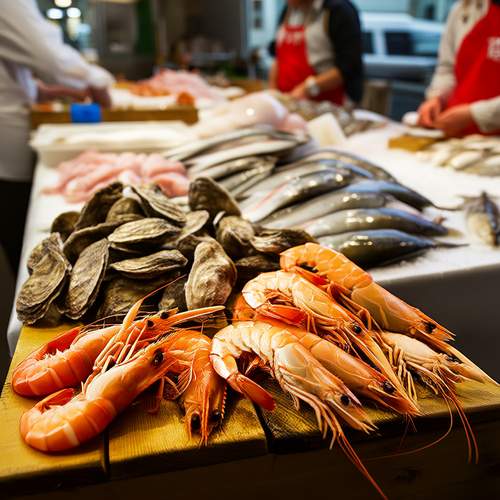
By /May 26, 2025
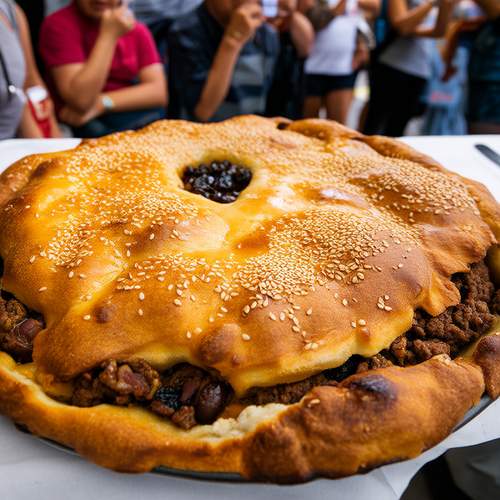
By /May 26, 2025
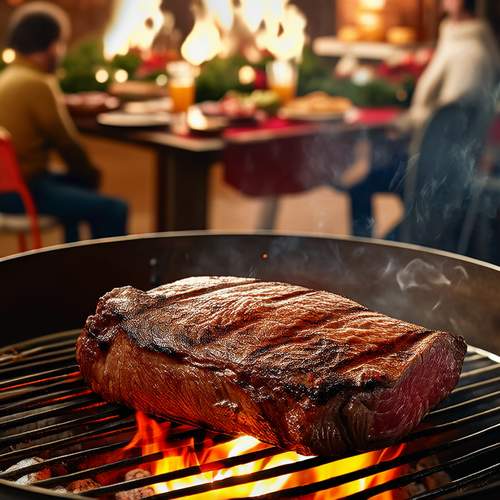
By /May 26, 2025
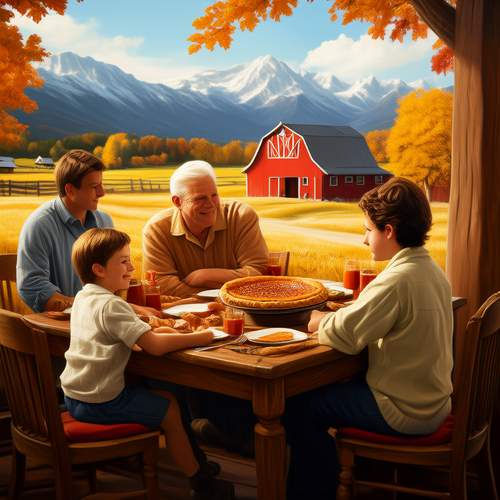
By /May 26, 2025

By /May 26, 2025
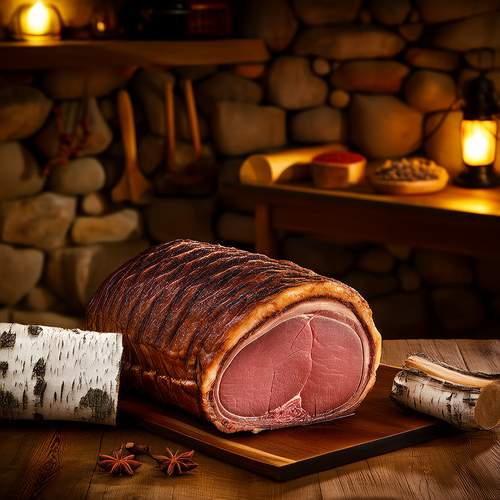
By /May 26, 2025

By /May 26, 2025

By /May 26, 2025
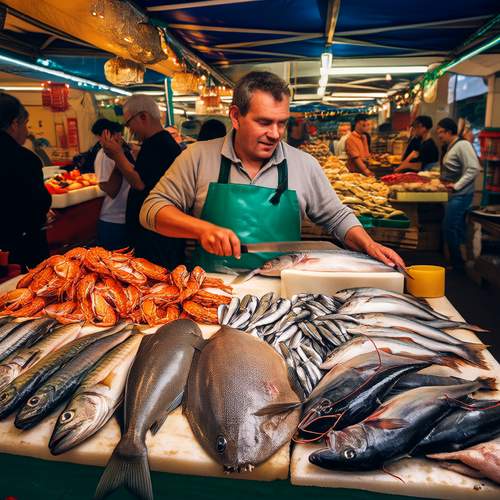
By /May 26, 2025
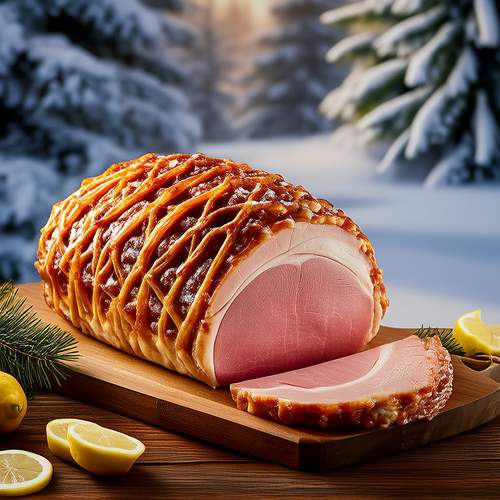
By /May 26, 2025
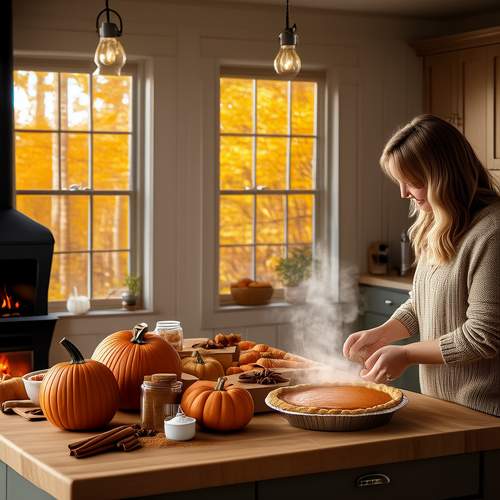
By /May 26, 2025
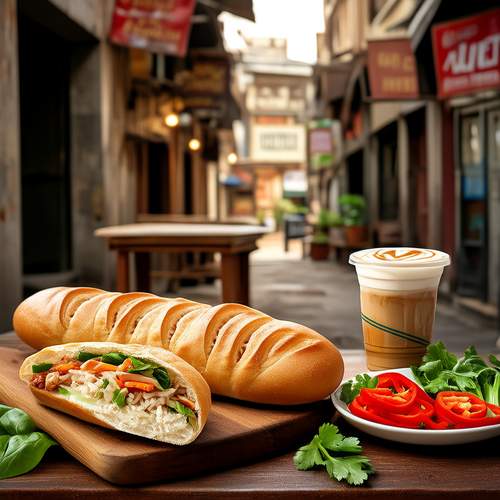
By /May 26, 2025
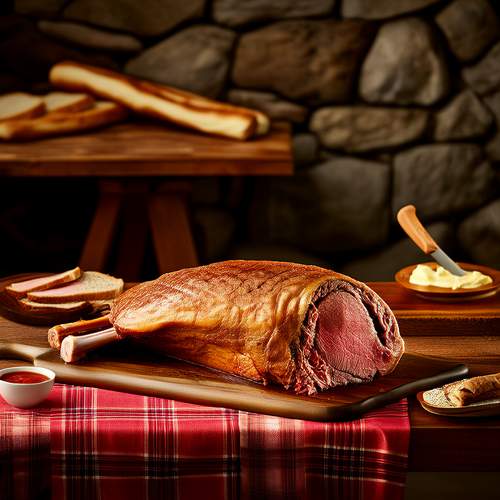
By /May 26, 2025
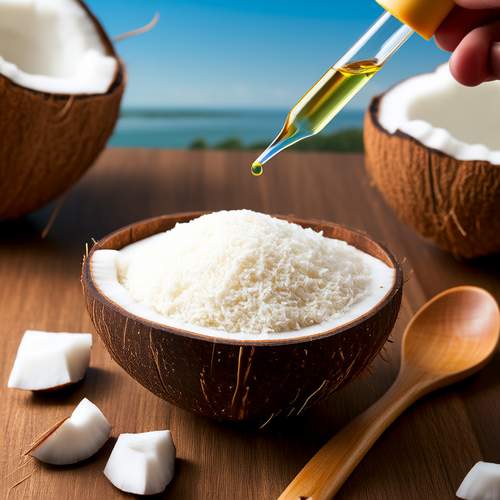
By /May 26, 2025
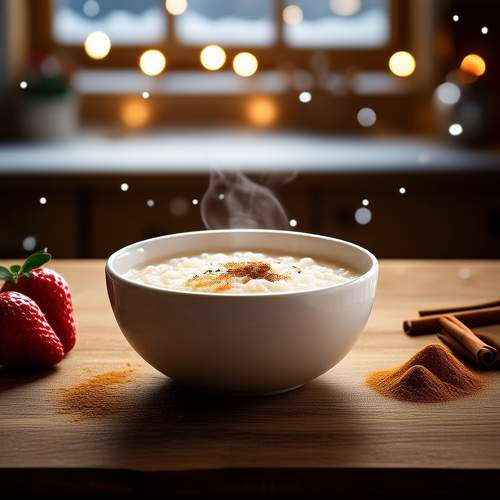
By /May 26, 2025

By /May 26, 2025
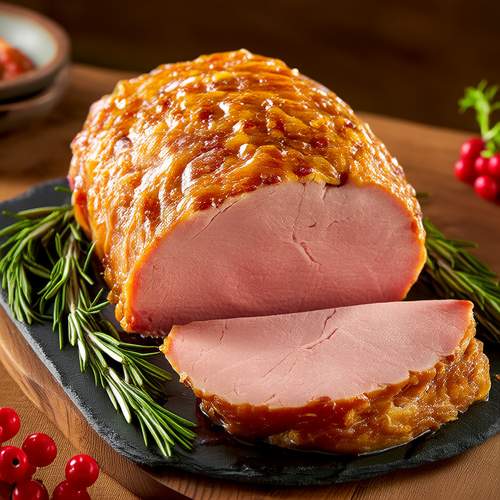
By /May 26, 2025